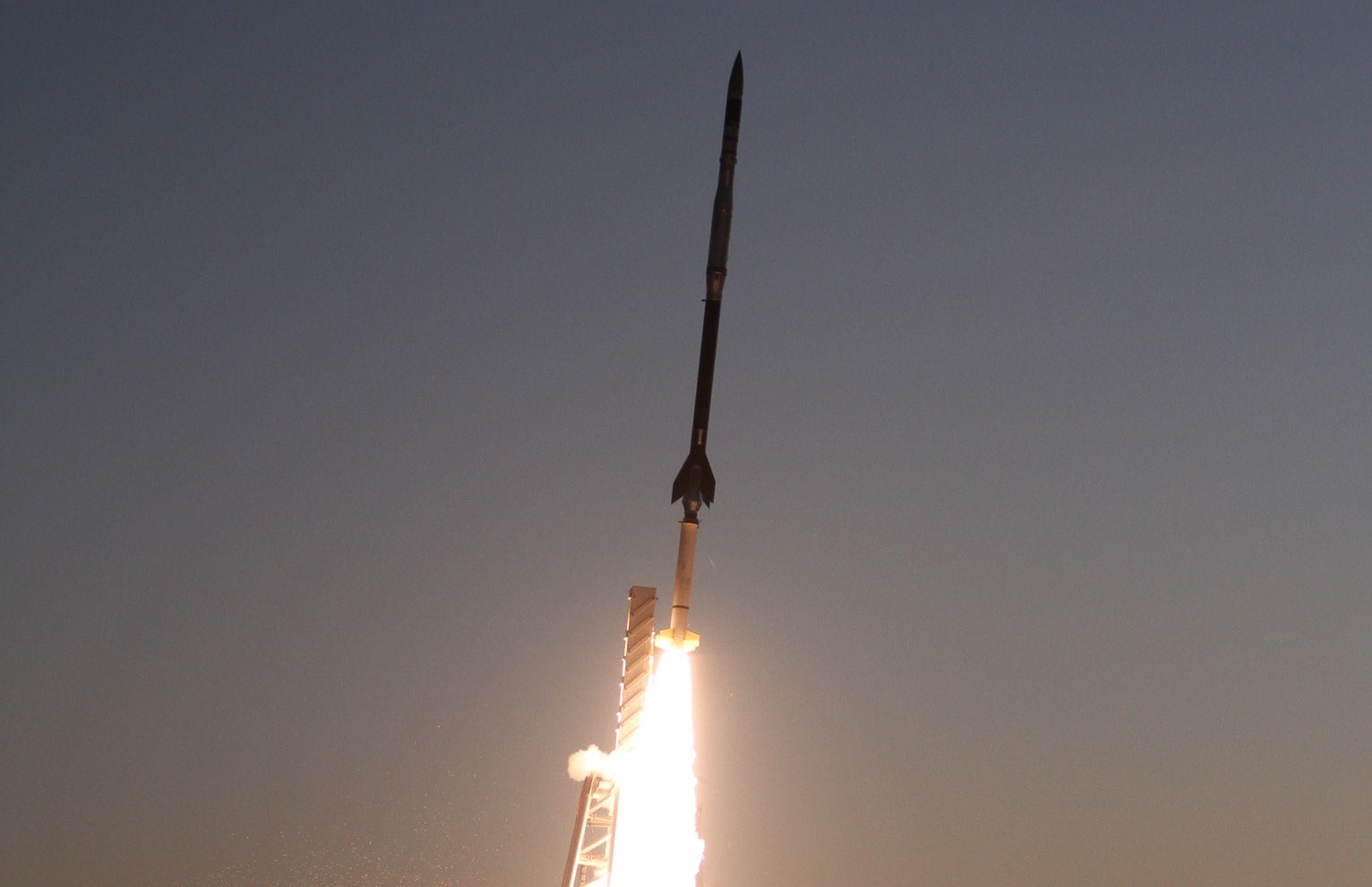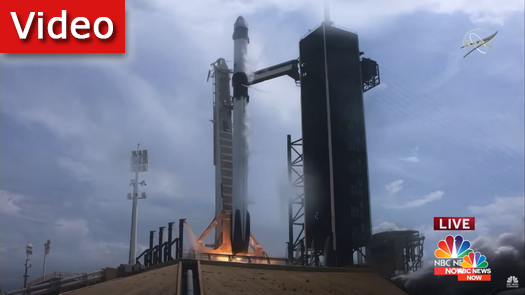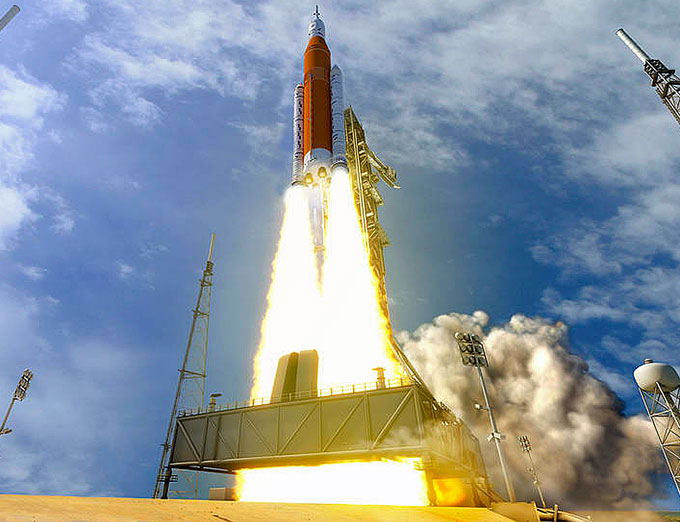

NASA conducted major reviews of the Starliner program and identified a total of 80 corrective actions that Boeing needed to take before Starliner could return to flight. This is Boeing's second time launching Starliner on an uncrewed test flight the first mission, OFT-1, returned to Earth early after it failed to reach the space station in December 2019. OFT-2 was originally supposed to fly in August 2021, but an issue with some valves in Starliner's propulsion system pushed things back more than eight months. Orbital Flight Test-2 (OFT-2) lifted off from Space Launch Complex 41 at Cape Canaveral Space Force Station in Florida on a United Launch Alliance Atlas V rocket. It touched down safely on and the company is now working on getting a crewed spaceflight ready. Boeing and NASA launched the company's Starliner astronaut taxi on a crucial uncrewed mission to the International Space Station on May 19, 2022.

Mike Wall is the author of " Out There " (Grand Central Publishing, 2018 illustrated by Karl Tate), a book about the search for alien life.

EDT on May 1 with news of satellite deployment. EDT on April 30 with news of a successful liftoff, then again at 1:30 a.m. This story was updated on April 29 to include SpaceX's new launch target after the Falcon Heavy's 1st abort.

That's more than three times more than the Falcon Heavy produces, and nearly twice as much as the second-place vehicle, NASA's Space Launch System megarocket.Įditor's note: This story has been corrected to state that Starship produces 16.7 million pounds (not tons) of thrust at liftoff. Starship's 33 first-stage Raptor engines generate 16.7 million pounds of thrust at liftoff, according to SpaceX. But the company's gigantic Starship vehicle took that title with its debut liftoff on April 20, a test flight that reached a maximum altitude of 24 miles (39 km) and ended in a commanded explosion high above the Gulf of Mexico for safety's sake. (Geostationary orbit lies about 22,200 miles, or 35,700 kilometers, from Earth.)įor more than five years, the Falcon Heavy was SpaceX's most powerful rocket. However, none of the boosters were recovered on Sunday's mission, because they didn't have enough fuel left over to maneuver themselves safely back to Earth for a vertical touchdown after sending such a heavy load to such a distant orbit. The Falcon Heavy's three first-stage boosters are designed to be reusable. This year's other mission, called USSF-67, was a mission for the U.S. The burly rocket has now flown five more times since then, including twice in 2023. The central booster is topped with an upper stage and the payload(s).įalcon Heavy debuted in February 2018 with a memorable test flight flight that sent SpaceX founder and CEO Elon Musk's red Tesla Roadster into orbit around the sun with Starman, a spacesuit-clad mannequin, at the wheel. The Falcon Heavy consists of three strapped-together first stages of SpaceX's workhorse Falcon 9 rocket. SpaceX's Falcon Heavy rocket launches classified mission for US Space Force Facts about SpaceX's Falcon Heavy rocket SpaceX Falcon Heavy launch spotted from space station (photo) "The spacecraft will also carry an imaging system capable of imaging both the Earth and spatial bodies, as well as an experimental rendezvous and docking payload." The spacecraft features three wideband frequency bands," Gravity Space wrote in a description of the satellite. "The spacecraft is also designed to provide orbital slot reservation services (BIU) around the geosynchronous arc. GS-1's primary mission involves providing communications for Internet of Things applications, though it will do some other things in orbit as well. The third payload was GS-1, a cubesat that will be operated by Washington-based Gravity Space. Alaska and the surrounding region," wrote of Arcturus in a mission description. "Although it only weighs 300 kg, the mighty communications satellite has the ability to provide data throughput up to 7.5 Gbps for. The second satellite that flew Sunday was Arcturus, a communications craft that will be operated by San Francisco-based Astranis Space Technologies. "Viasat-3 is expected to be the world's highest-capacity satellite and will be the largest all-electric satellite ever to be launched," SpaceX propulsion engineer Atticus Vadera said shortly before liftoff during the company's launch webcast.


 0 kommentar(er)
0 kommentar(er)
